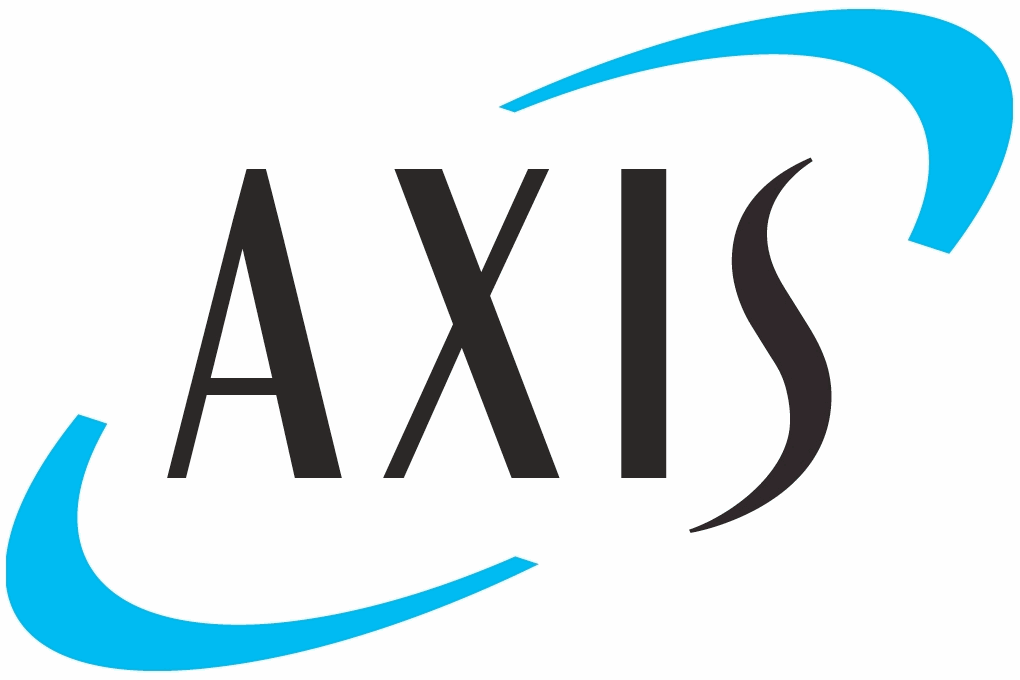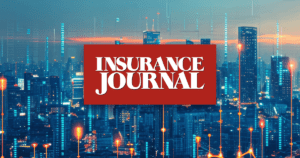AXIS’ property reinsurance pull-back underway, third-party capital fees decline

The pull-back from property reinsurance at Bermuda headquartered insurance and reinsurance firm AXIS Capital appears evident in its latest results, with a drop in premiums written by the reinsurance business, while there was also a decline in fee income from its third-party capital partners.
In early June it was announced that AXIS Capital’s reinsurance underwriting division AXIS Re would exit the property reinsurance business, as the company continues to manage and reduce its overall catastrophe volatility.
As we explained following that news, this pull-back has no bearing on the insurance-linked securities (ILS) business that operates under the AXIS ILS brand, with activities continuing and even set to expand there, albeit with a focus on broadening the range of risks ceded to so-called strategic capital partners.
Positively, in reporting its second-quarter 2022 results last night, AXIS Capital reported improvements in the combined ratio across the quarter and first-half, year-on-year.
The firm has been focused on improving the underlying underwriting business, with the property reinsurance pull-back part of that and the company has been managing down its catastrophe exposure for some quarters in a row now.
Albert Benchimol, President and CEO of AXIS Capital, commented on the quarter and the shift in reinsurance strategy, “AXIS delivered another quarter of strong operating performance, continuing our trend of year-over-year improvements in core underwriting metrics.
“The quarter was highlighted by a combined ratio of 93.4% and operating ROE of 13.7%, and record second quarter premium growth contributed to all-time high mid-year production figures including gross and net premiums written, and net premiums earned. This quarter our specialty insurance business again generated solid performance with a robust 16% increase in gross premiums written, 22% growth in net premiums written, and a combined ratio of 87.8%, as we further capitalized on favorable market conditions.
“During the quarter we announced the Company’s exit from reinsurance property and catastrophe lines. This completed the shift of AXIS Re to a specialist reinsurer – with a focus on attractive Casualty, Specialty, A&H, and Credit lines – which aligns with our efforts to grow profitably with lower volatility and establish leadership in the specialist space.
“As a measure of our progress, over the past six months our group underwriting income has risen by 36% and operating income is up 30% as compared to the prior year period. As we look to the future, we’re well positioned in strong Wholesale and E&S markets and see significant opportunities to drive further profitable growth while delivering value to our customers and advancing our position as a leading specialty underwriter.”
AXIS reported increases in property writings in its insurance business during the quarter and first-half, ensuring the firm continues to pull in sources of property and some catastrophe exposure through that line.
But, in reinsurance, AXIS reported that gross premiums written decreased by $29 million, or 4%, which was mainly due to decreases in catastrophe and property lines due to non-renewals and decreased line sizes.
The shift in strategy will have a bearing on AXIS’ ILS and third-party capital management business, of course.
But there is an ongoing strategic shift underway in that business as well, with AXIS having ambitions to broaden its partnerships with third-party investors over time.
For now though, there is perhaps some evidence of the shift in AXIS Re playing out into a slight dip in fee income from AXIS’ so-called strategic capital partners.
AXIS continued to realise fee income from its third-party capital partnerships, but the second-quarter saw a decline in premiums ceded to investors and also fees earned.
Reinsurance premiums ceded to so-called “other strategic capital partners” grouping, which is where third-party and insurance-linked securities (ILS) style investors are accounted for, fell to just over $107 million for the second-quarter, while no insurance premiums were ceded to them.
This is now the third quarter in a row where premiums ceded to these ILS type third-party investors have all been from the reinsurance business and have declined year-on-year.
It’s likely a reflection of the significant catastrophe PML pruning AXIS has undertaken, as well as now the pull-back from property reinsurance at AXIS Re.
It may take some time for the business segment to settle and for new third-party capital backed initiatives to come through in AXIS’ reporting.
Fee income earned by AXIS from its strategic capital partners also dipped, to $11.83 million for Q2 2022, down from almost $15.5 million in the prior year quarter.
For the first-half, fee income reached almost $29.5 million, down a little from H1 2021’s almost $27.7 million.
It may take a little time for the AXIS ILS strategy to develop and become evident in the re/insurers reporting.
But, given its broad now more specialty focused underwriting, AXIS will still accumulate natural catastrophe exposure and partnering with ILS investors through a range of structures, to both protect itself and share in the economics of this type of risk with third-party investors, will remain core to the company, we understand.





